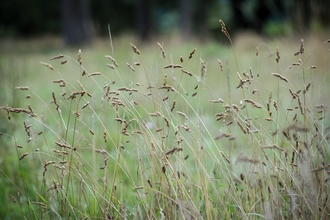
©Northeast Wildlife
Great mullein
Scientific name: Verbascum thapsus
Great mullein is an impressive, tall plant of waste ground, roadside verges and gardens. Its candle-like flower spikes rise from rosettes of furry, silver-green leaves.

